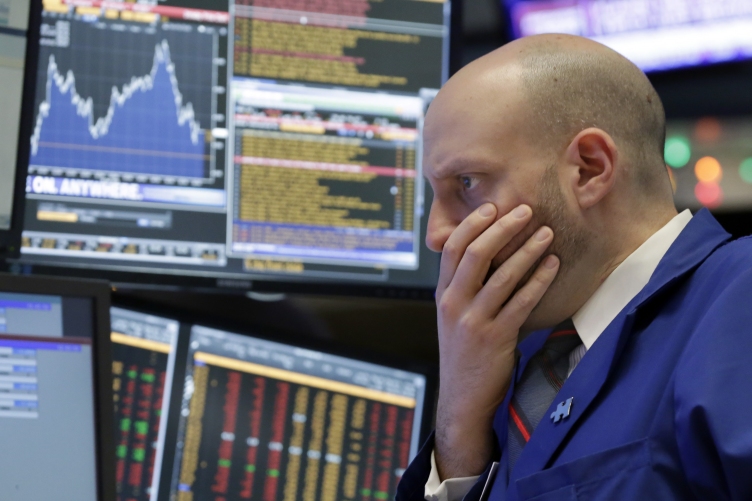New York Stock Markets Plunge After Jobs Report

Stock markets in New York opened sharply lower on Friday. Investors on Wall Street reacted negatively to a surprisingly strong jobs report.
That report is expected to bolster the US central bank’s belief that substantial rate hikes can continue to contain inflation, as the economy is not cooling significantly yet. Chip companies lost value after disappointing trading updates from AMD and Samsung.
The Dow Jones Industrial Average lost 1.1 percent to 29,603 points. The broad S&P 500 fell 1.4 percent to 3,690 points, and the tech exchange Nasdaq was 2 percent lower in the first minutes of trading at 10,848 points.
Figures from the US government showed that 263,000 jobs were created in the United States in September. That is a stronger increase than in August and a higher number than economists had expected.
Even higher interest rates are hurting equity valuations, as bonds deemed safer now offer higher returns. In the bond markets, US, German and Dutch government debt yields rose.
AMD was down more than 7 percent in early trading. The company’s turnover, in particular, was lower than expected in the past quarter. In AMD’s wake, other chip funds such as Intel, Nvidia and Texas Instruments also lost ground. This was also due to the lower performance of South Korean Samsung, which saw its profit fall sharply due to lower demand for chips, among other things.
Attention also went to Tesla (minus 2.6 percent). The maker of electric cars has announced that it will start production of its electric truck. The first trucks should be delivered to customers in December.
Tesla CEO Elon Musk has until October 28 to complete the acquisition of Twitter. If that is not the case, then the lawsuit filed earlier by Twitter will still be continued. As a result, shares of the social media company fell 1 percent.
After a disappointing quarterly report, Levi Strauss lost more than 6 percent in market capitalization. In addition, the jeans manufacturer is more pessimistic about annual sales, as purchasing power pain and the strong dollar affect demand for the brand’s jeans.





